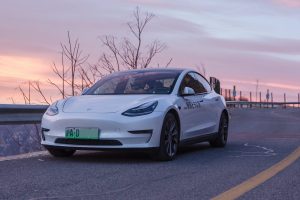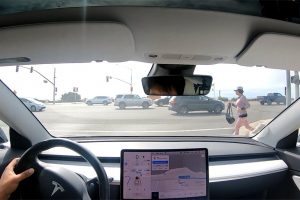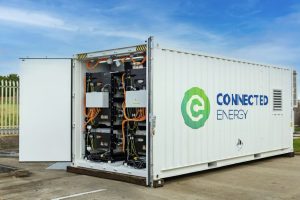Key Points
- 🚗 Tesla and Nissan have agreed to the North American Charging Standard (NACS) compatibility.
- ⚡️ Starting from Spring 2024 until 2025, Nissan EV drivers can access 12,000 of Tesla’s Supercharging locations in the US and Canada using an adapter supplied by Tesla.
- 🔄 In 2025, Nissan EVs will come equipped with the NACS connector integrated directly into the vehicle, eliminating the need for the adapter.
- 🏭 Ford was the first major automaker to adopt the NACS connector in a previous deal with Tesla.
- 🌎 Tesla’s Supercharging Network is recognized as the most robust globally.
- 🤝 Nissan’s adoption of NACS reflects its commitment to making electric mobility more accessible, aligning with its Ambition 2030 plan targeting at least 40 percent of new US vehicle sales to be fully electric by 2030.
Tesla and Nissan Strike Deal to Adopt North American Charging Standard (NACS) for EVs
Tesla and Nissan have reached an agreement, leading the Japanese automaker to adopt the North American Charging Standard (NACS). This move will provide electric vehicle (EV) drivers access to Tesla’s extensive Supercharging Network from next year onwards.
Nissan becomes the latest car company to embrace the NACS connector, which Tesla uses at its Supercharging sites across North America. Starting from Spring 2024 until 2025, owners of Nissan’s EVs will be able to access Tesla’s 12,000 Supercharging locations in the U.S. and Canada with the help of an adapter supplied by Nissan.
By 2025, Nissan’s EVs will come equipped with the NACS connector integrated directly into the vehicle, eliminating the need for the adapter.
Earlier this summer, Ford was the first major automaker to adopt the NACS connector through a deal with Tesla. Following suit, GM also joined, and several other EV manufacturers in the sector are following suit due to Tesla’s globally renowned Supercharging Network.
Jérémie Papin, Chairperson for Nissan Americas, expressed enthusiasm for the partnership, stating that adopting the NACS standard demonstrates Nissan’s commitment to making electric mobility more accessible, aligning with their Ambition 2030 vision of increased electrification. Nissan aims to have at least 40 percent of its new U.S. vehicle sales fully electric by 2030.
At present, Nissan employs the Combined Charging System 1 (CCS1) for DC fast-charging, but the NACS adapter will expand the options for Nissan EV drivers to recharge their vehicles, further supporting Nissan’s electrification goals.





